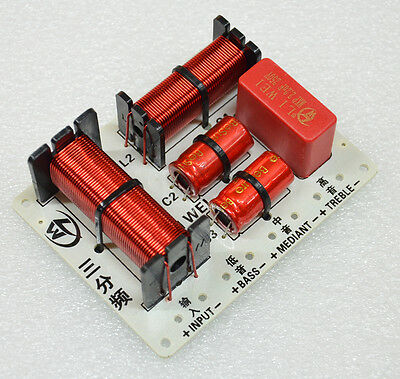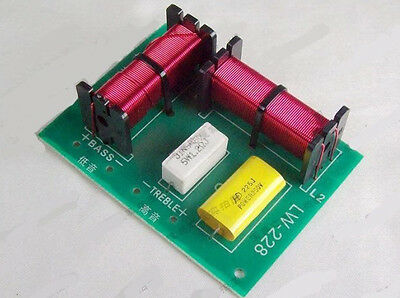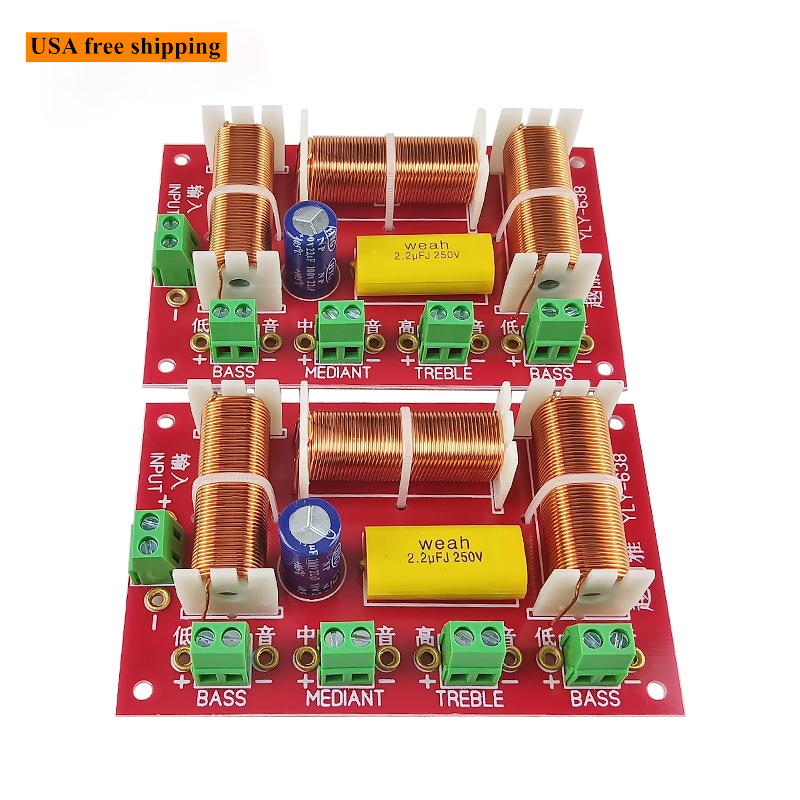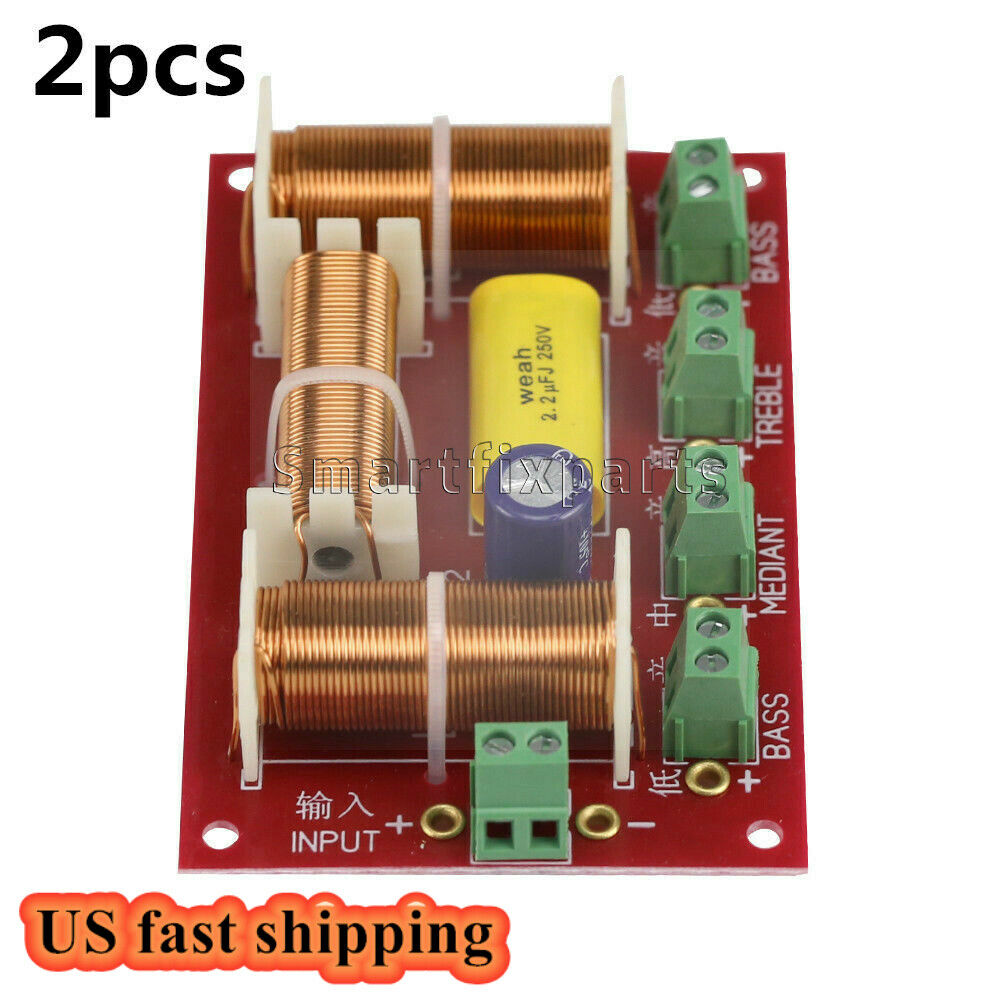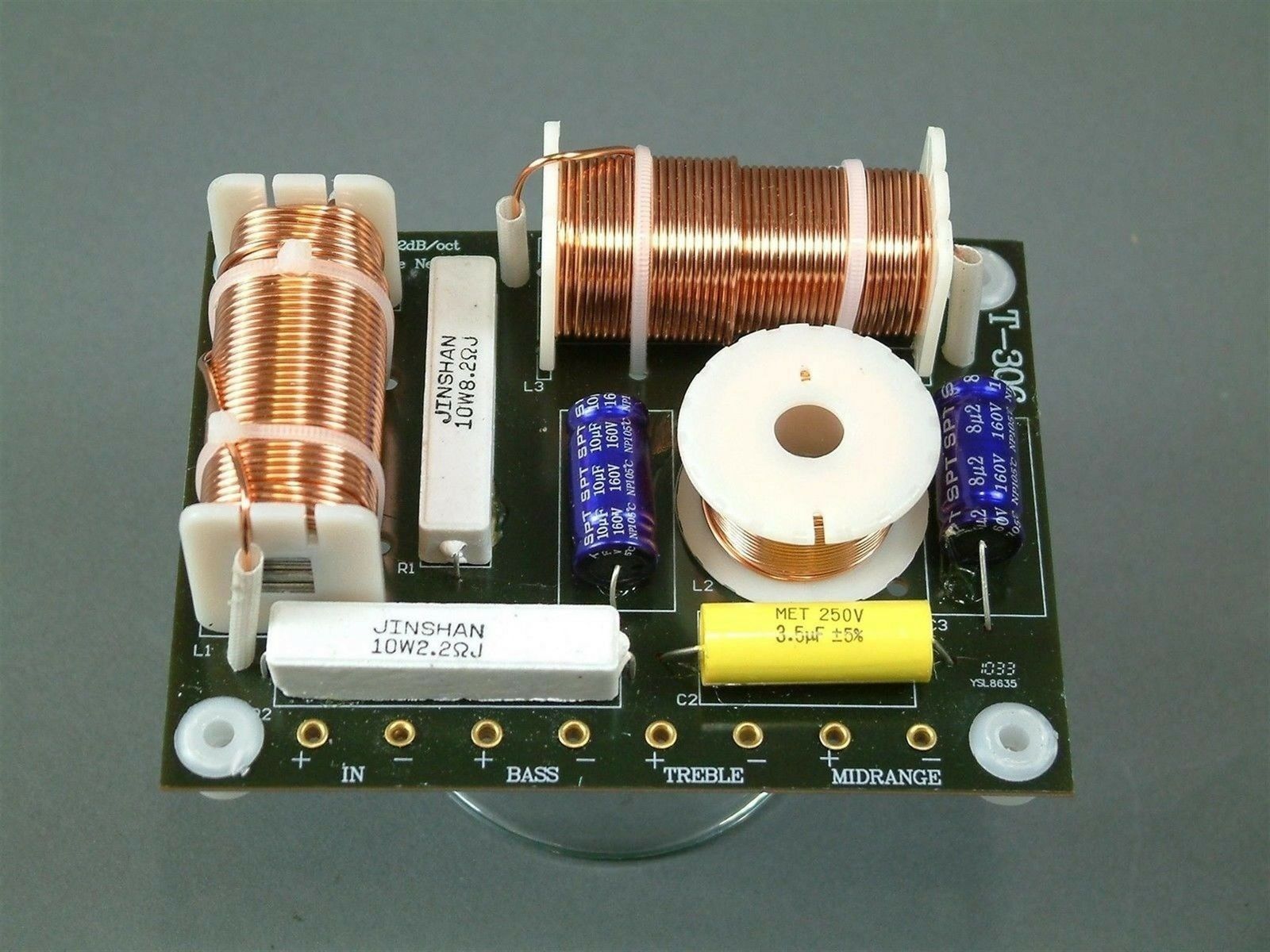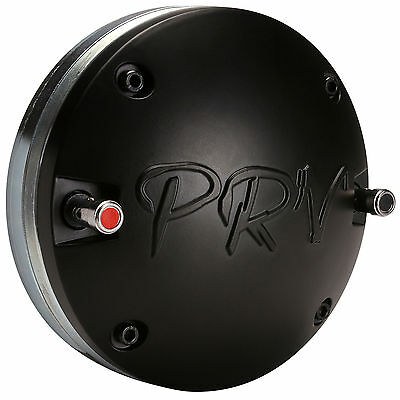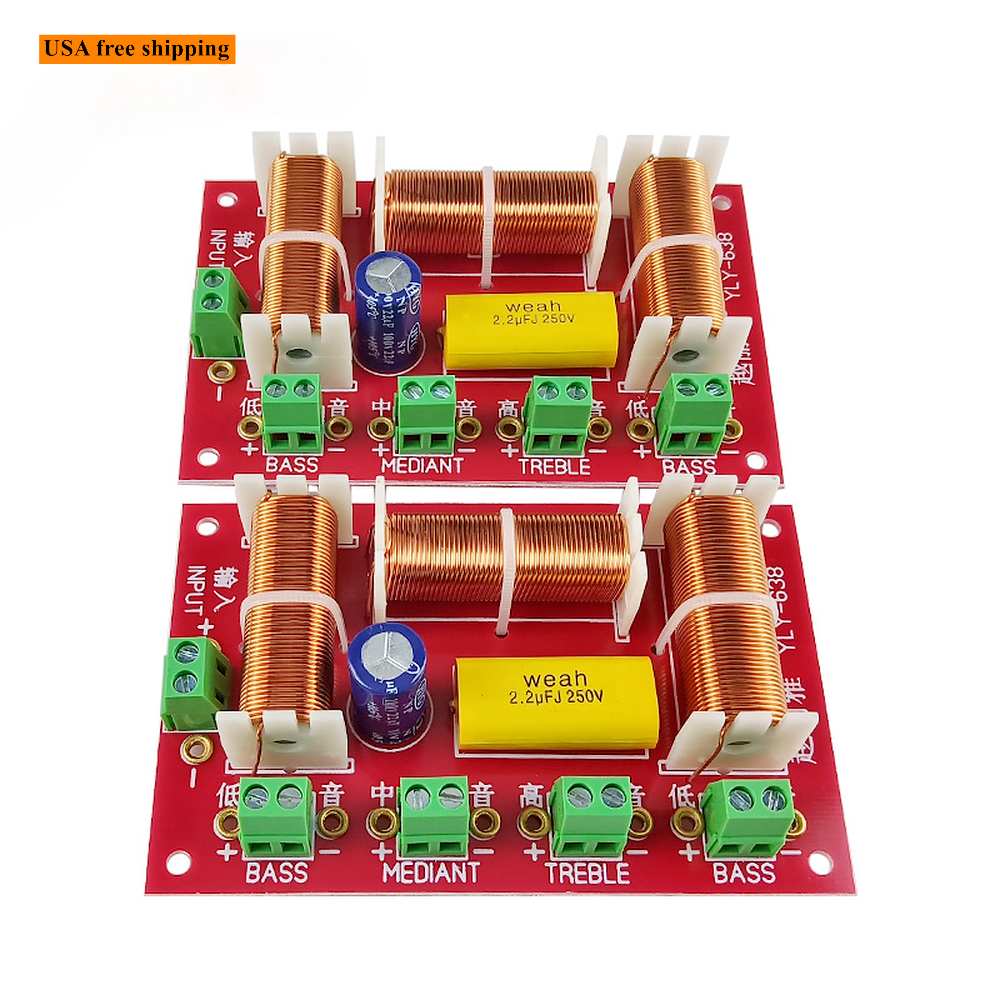-40%
General Purpose DIY Speaker Crossover PCB - RLC / LCR Notch Filter
$ 2.9
- Description
- Size Guide
Description
RLC or LCR Notch Filter Crossover Board - can be configured as either a series or parallel notch filter.
Custom printed circuit boards designed for general purpose DIY speaker crossovers or rebuilding crossovers.
These boards are designed to give a clean layout and allow for easy crossover assembly.
*NOTE - No crossover components are included*
This board is designed to allow
either series or parallel configuration of an RLC filter or often called LCR notch filter networks. The default is the series configuration, if the two solder pads on the bottom are bridged it converts the filter into the parallel configuration.
This filter network can be inserted or wired in series or in parallel with the loudspeaker driver depending on the required usage. Be sure not to confuse that wiring method with the series/parallel filter configuration type, see attached schematic photo for clarification.
The board can also be configured as LC, LR or RC filter types in series or parallel configuration with the subtraction of one of the components. A jumper wire across the unused component position will be required in the default series configuration but is not needed (and should not be used) for the parallel configuration.
This board is designed with two capacitor positions available for smaller or larger size capacitors and is designed to use air core type inductors and 10w size ceramic or cast style wire wound resistors.
These boards measure 3.0" x 3.0" and feature large solder pads and copper traces for great electrical connectivity.
Note - the components this board is designed to use and the filter configurations of the board are considered bi-polar or non-polarized, this means it does not matter which solder pad you use for the input and the output.
Includes:
1x RLC Notch Filter PCB
4x Snap in PCB standoffs.
4x Mounting screws (screw finish may vary).
Assembly:
Glue components to the required positions on the board (hot melt glue works great), Use non metallic cable or zip-tie to further secure the coil and solder the leads and input/output wires to the pads on the bottom of the board.




